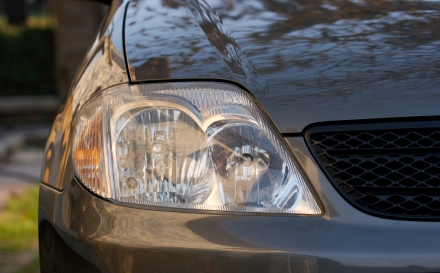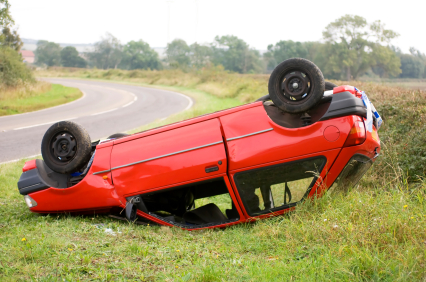Bike Insurance for Your Motorcycle
How bike insurance is similar to a car policy, why there’s a difference in premium, and when to carry full-coverage
Bike insurance has hit the big time. Only a few short years ago, insurance companies were squeamish about insuring Harley-Davidsons and Kawasakis. They’re now stepping over each other to add motorcycles to their policy rolls.
It has finally dawned on many of these companies that motorcycle insurance makes sense for both them and the rider. However, there are a few unique things to consider when writing a bike insurance policy.
Is it Similar To A Car Policy?
On the surface, motorcycle insurance operates in much the same way as automobile insurance. State minimum liability limits for motorcycles are the same as for cars. Motorcycles can also be insured for collision and comprehensive coverage.
However, on the whole bike insurance is considerably cheaper than car insurance. Indeed many companies are now advertising $100/year policies, an amount that can easily be a monthly payment for auto insurance. That said, as with automobiles it’s not always the best idea just to go for the lowest possible price when it comes to bike insurance.
Why Liability Coverage is Less Expensive for Bikes
A motorcycle is smaller than a car. The damage it’s likely to cause to other people’s property is less. For this reason, individuals with bike insurance can get away with lower liability limits than those who drive cars, but it is still not recommended to go just with state minimums.
Remember state required liability limits for property damage are outdated and quite low. Limits for bodily injury can be lower than for automobiles as well, but one shouldn’t skimp on those either for much the same reasons. While there’s no need to go crazy with liability limits, it is always a good idea to have limits high enough to cover the worst-case scenario.
Covering Injuries on Your Bike Policy
The real risk involved with motorcycle accidents is to the motorcyclist himself. For obvious reasons, regardless of fault, a motorcycle driver is much more likely to be seriously injured in an accident than an automobile driver.
It’s important to cover yourself, either with a good health insurance plan or with a generous medical payments on your bike insurance policy, preferably both.
Material Damage on Bike Insurance
Full coverage for bike insurance works the same way as it does for auto insurance. However, full coverage on motorcycles costs less because motorcycles usually cost less than cars.
That said, assuming there are no lienholders the question regarding full coverage for motorcycle insurance remains the same. If the bike stolen or seriously damaged, will it hurt you financially? If your answer is ‘yes’, you should probably keep full coverage.





